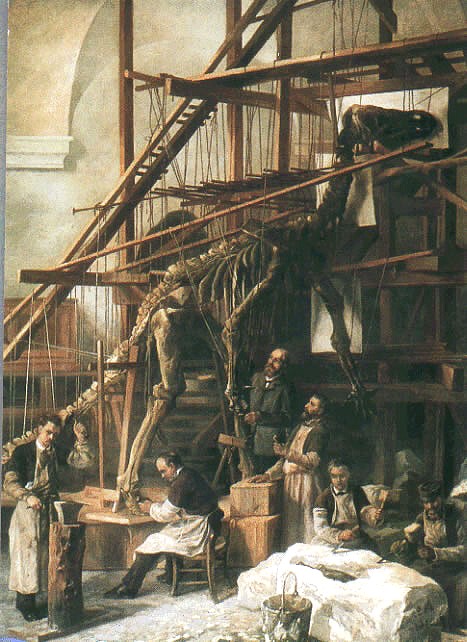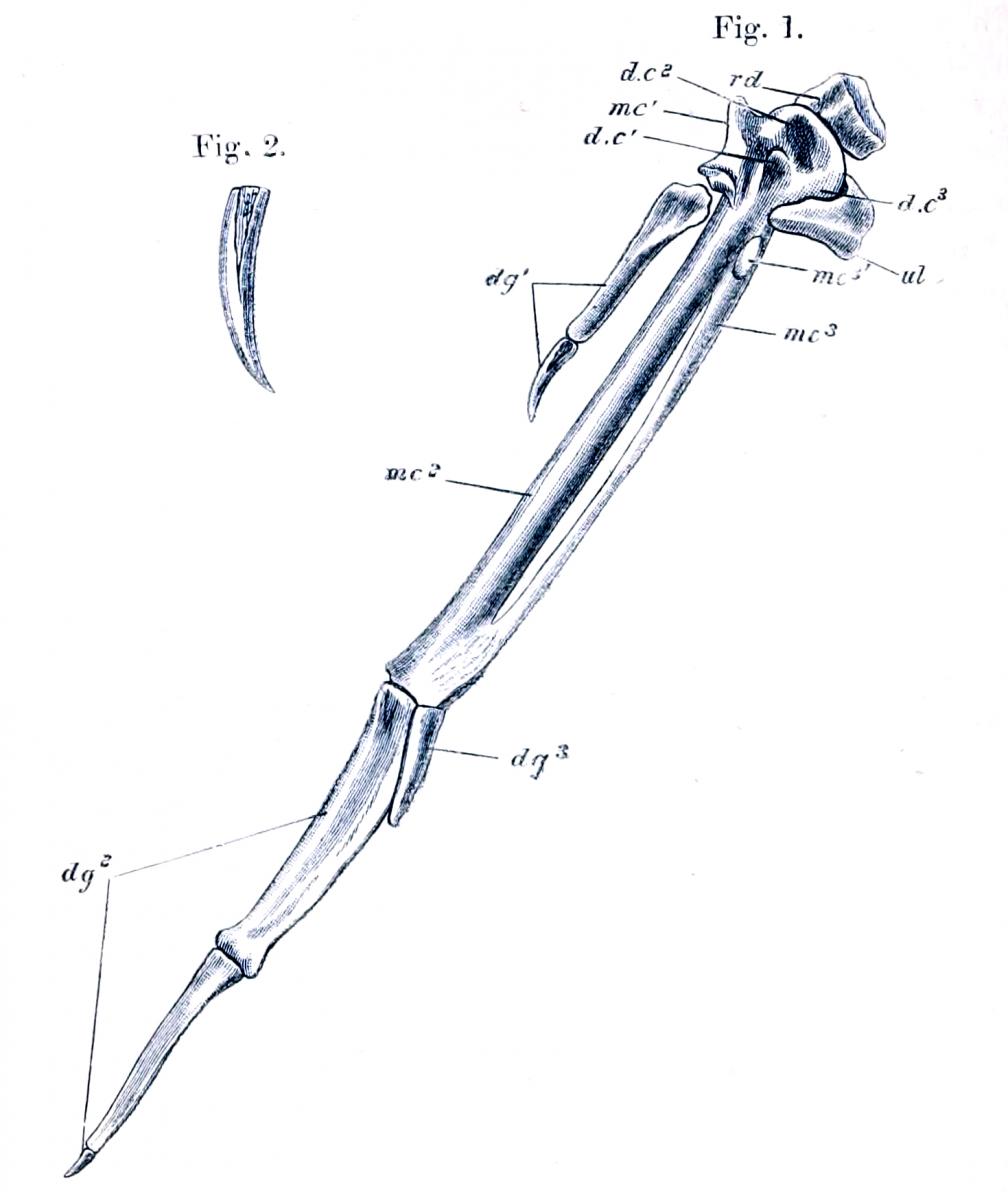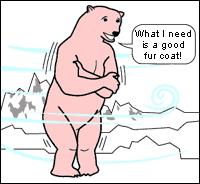 I thought about not covering this article because, as my English husband reminded me, the Daily Mail is more like the National Enquirer than The New York Times. It almost seems unreasonable to criticize such a newspaper for its inaccurate science reporting. But then I thought, how many people get their science from sources like this? Probably more than we care to know. And it isn’t as if the Daily Mail is writing about aliens, ESP, or Elvis—it is purporting to report on an actual scientific study. So, with my conscience thus appeased, let’s dive in.
I thought about not covering this article because, as my English husband reminded me, the Daily Mail is more like the National Enquirer than The New York Times. It almost seems unreasonable to criticize such a newspaper for its inaccurate science reporting. But then I thought, how many people get their science from sources like this? Probably more than we care to know. And it isn’t as if the Daily Mail is writing about aliens, ESP, or Elvis—it is purporting to report on an actual scientific study. So, with my conscience thus appeased, let’s dive in.
Let’s look at the article’s title, first: “Can evolution run BACKWARDS? Birds found to regrow bone previously discarded by dinosaurs 230 million years ago” (emphasis in the original). I don’t fault the article’s writer, Jonathan O’Callaghan, for invoking the rather silly idea of evolution running backwards because the author of the Smithsonian article upon which this one is based did that, more or less. But I have to emphasize that it is a silly idea: evolution, as a process, does not and cannot run backwards, simply because evolution isn’t a directional affair: there’s no backwards because there’s no forwards. Can some of the trends double back upon themselves? Sure. Tetrapods gained limbs, then some tetrapods—whales and snakes—later lost them, for example. But that doesn’t mean evolution reversed itself or rewound or went backwards.
 O’Callaghan alludes to, but does not name, the principle called “Dollo’s Law,” for the Belgian paleontologist Louis Dollo. Dollo’s Law essentially says that if a trait is lost along a lineage, it isn’t coming back, at least not in the exact same form. If snakes or whales evolve hindlimbs in the future, for example, they wouldn’t be made up of the same femur-tibia/fibula-tarsals structures that their early ancestors lost. The research by Alexander Vargas of the University of Chile has challenged that notion, and that’s where this click-baity headline comes from. (For a critique of Dollo’s law and some further musings on the topic of bird wrists, see PZ Meyers’ blog.)
O’Callaghan alludes to, but does not name, the principle called “Dollo’s Law,” for the Belgian paleontologist Louis Dollo. Dollo’s Law essentially says that if a trait is lost along a lineage, it isn’t coming back, at least not in the exact same form. If snakes or whales evolve hindlimbs in the future, for example, they wouldn’t be made up of the same femur-tibia/fibula-tarsals structures that their early ancestors lost. The research by Alexander Vargas of the University of Chile has challenged that notion, and that’s where this click-baity headline comes from. (For a critique of Dollo’s law and some further musings on the topic of bird wrists, see PZ Meyers’ blog.)
I suppose I should explain what’s really going on before I eviscerate the Daily Mail’s recounting. Basically, along the way to birdhood, theropod dinosaurs evolved a lighter, more flexible wrist. Theropods were bipedal, meaning that their forelimbs were not load- bearing, so a reduced wrist either offered an advantage or, at least, did not confer a strong disadvantage (except perhaps that of providing fodder for future cartoonists). Early dinosaurs had a whole mess of bones in the wrist. One of these bones, a teeny one called the pisiform, disappeared in theropods. Then, evolution evolution evolution, and, eventually, birds. Bird wrists (yes, birds have wrists) have four bones, one of which appeared to be a novel bone called the ulnare. What Vargas’s group discovered by studying fossils and bird embryos is that the ulnare is actually the pisiform. It’s baaaaack!
 This is a pretty cool finding, if you like this kind of thing, but it isn’t actually that surprising in light of our modern understanding of genetics. Genes have switches that control expression. Along the dinosaur/bird lineage, the switches that result in the pisiform were off for a bit, then got flipped back on. The genes had been pretty well-preserved—not a lot of mutations had built up, so the flip to “on” worked pretty well. (As an aside, I find the question of why the DNA might not have built up mutations as it often does to form “genetic fossils” or “pseudogenes” a really interesting one. One possibility is that the genes was still doing something, perhaps even resulting in a wrist structure that didn’t ossify and/or was so reduced that it didn’t fossilize. Vargas cites these possibilities in his paper on the subject.)
This is a pretty cool finding, if you like this kind of thing, but it isn’t actually that surprising in light of our modern understanding of genetics. Genes have switches that control expression. Along the dinosaur/bird lineage, the switches that result in the pisiform were off for a bit, then got flipped back on. The genes had been pretty well-preserved—not a lot of mutations had built up, so the flip to “on” worked pretty well. (As an aside, I find the question of why the DNA might not have built up mutations as it often does to form “genetic fossils” or “pseudogenes” a really interesting one. One possibility is that the genes was still doing something, perhaps even resulting in a wrist structure that didn’t ossify and/or was so reduced that it didn’t fossilize. Vargas cites these possibilities in his paper on the subject.)
This disappearance/appearance of a structure is a rare occurrence, but again, not something that will require us to throw out the book of paleontology and write a new one. As Luis Chiappe of the National History Museum of Los Angeles County said to Smithsonian, “While the physical expression of a gene may be suppressed, it doesn’t mean the possibility of generating that structure has disappeared.” If I were a betting woman, I’d place odds that we’ll be seeing a lot more of this kind of discovery as evo-devo techniques advance.
So what does the Daily Mail make of this? A total mess. Let’s go back to the subtitle: “Birds found to regrow bone previously discarded by dinosaurs 230 million years ago.” I think we can agree that dinosaurs didn’t decide, heck! I don’t need this bone anymore. Let’s discard it. I know, I know, it’s a friendly word; relax, Stephanie! Don’t be such a pedant. But as friendly as it is, it’s so suggestive of need-driven changes. Maybe I’d forgive it were it not for this line that appears no fewer than three times (in a bulleted list, in a caption, and in the text): “[The bone] disappeared from the biology of two-legged dinosaurs when they no longer needed strong wrists.” See? Terrible. Evolutionary changes do not occur on demand or because an organism needs them to. The other lulu along these lines: “[The scientists] found that 230 million years ago, two-legged dinosaurs no longer required the strong wrists of their four-legged brethren, and thus they became weak.”
 This is really terrible science writing. And again, okay, it’s the Daily Mail. But you know what I found while researching this? Some not-quite-as-bad-but-still-not-good claims in some far more reputable sources. For example, the Smithsonian article ends with this line: “Perhaps the very bone you are sitting on, your coccyx, is ready to re-evolve a tail at some future moment when humans might need it again to hang from trees” (empahsis added). This line appears in Live Science: “When dinosaurs evolved into birds, they had to adapt their arms into wings in order to take flight—a process that altered their skeletal structure” (emphasis added).
This is really terrible science writing. And again, okay, it’s the Daily Mail. But you know what I found while researching this? Some not-quite-as-bad-but-still-not-good claims in some far more reputable sources. For example, the Smithsonian article ends with this line: “Perhaps the very bone you are sitting on, your coccyx, is ready to re-evolve a tail at some future moment when humans might need it again to hang from trees” (empahsis added). This line appears in Live Science: “When dinosaurs evolved into birds, they had to adapt their arms into wings in order to take flight—a process that altered their skeletal structure” (emphasis added).
There is no need in evolution. I truly don’t get why this is so hard to understand. What will it take, science writers, for this to stop? A Tom Hanks PSA? If so, let's do a Kickstarter to make that happen because my nerves are shot. It has to stop! Make it stop!
Now, if you excuse me, I have to step down from my soapbox and stop banging this drum because I need to go deal with the two plus feet of snow that’s accumulated—unfortunately, I can’t evolve the ability to hibernate on demand.
Have an idea for a future Misconception Monday or other post? See some good or bad examples of science communication lately? Drop me an email or shoot me a tweet <at>keeps3.

